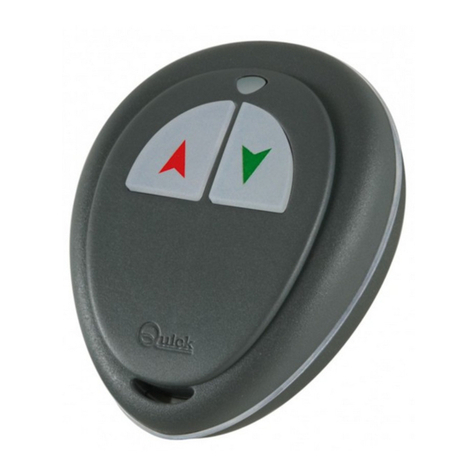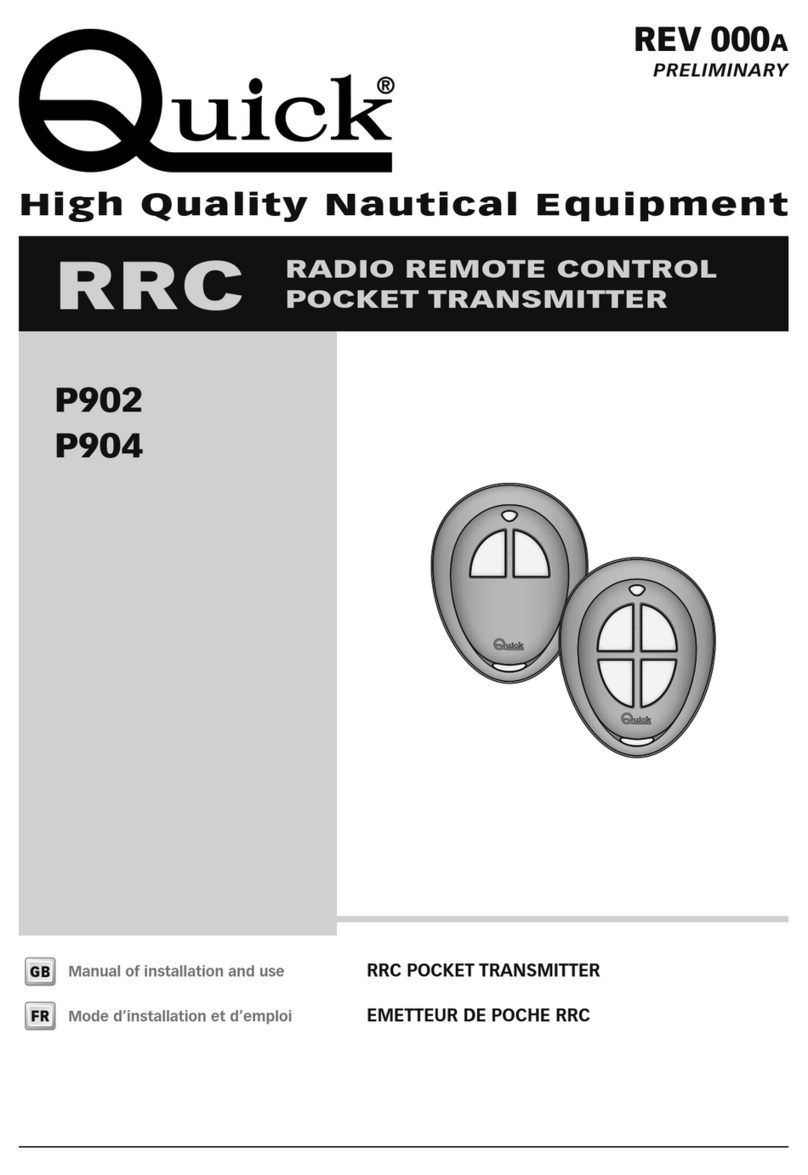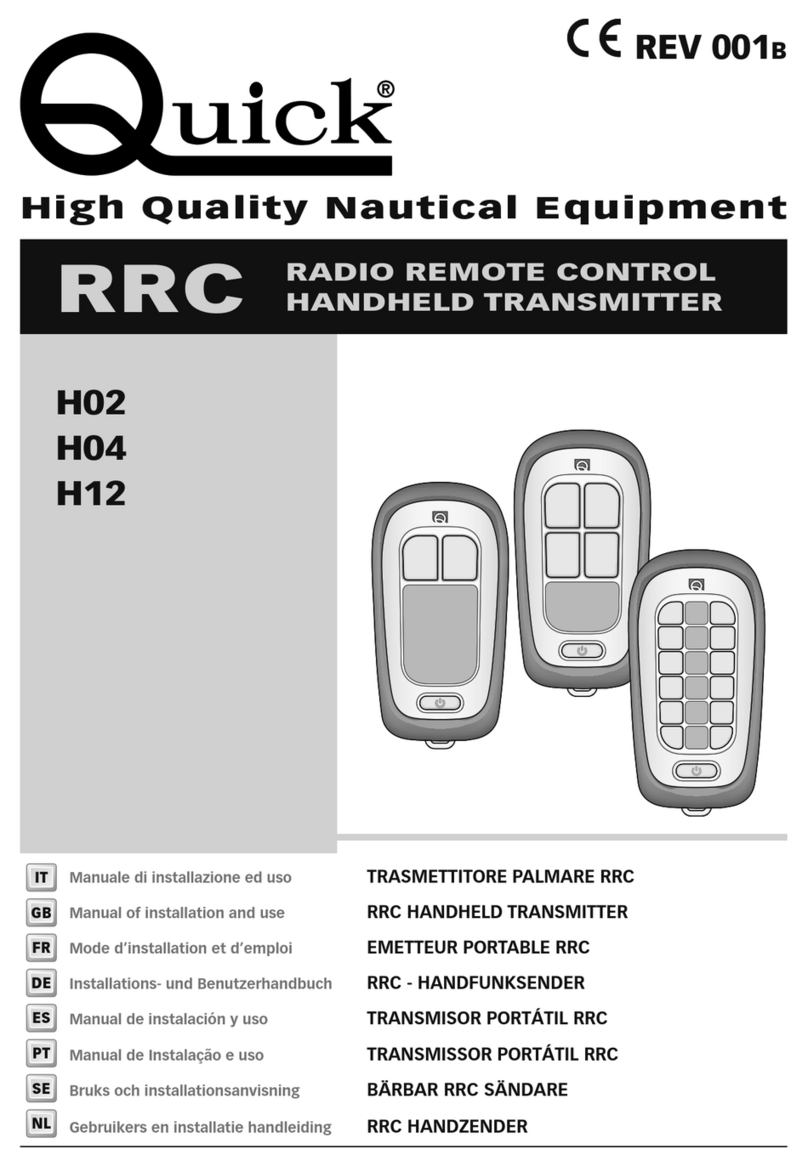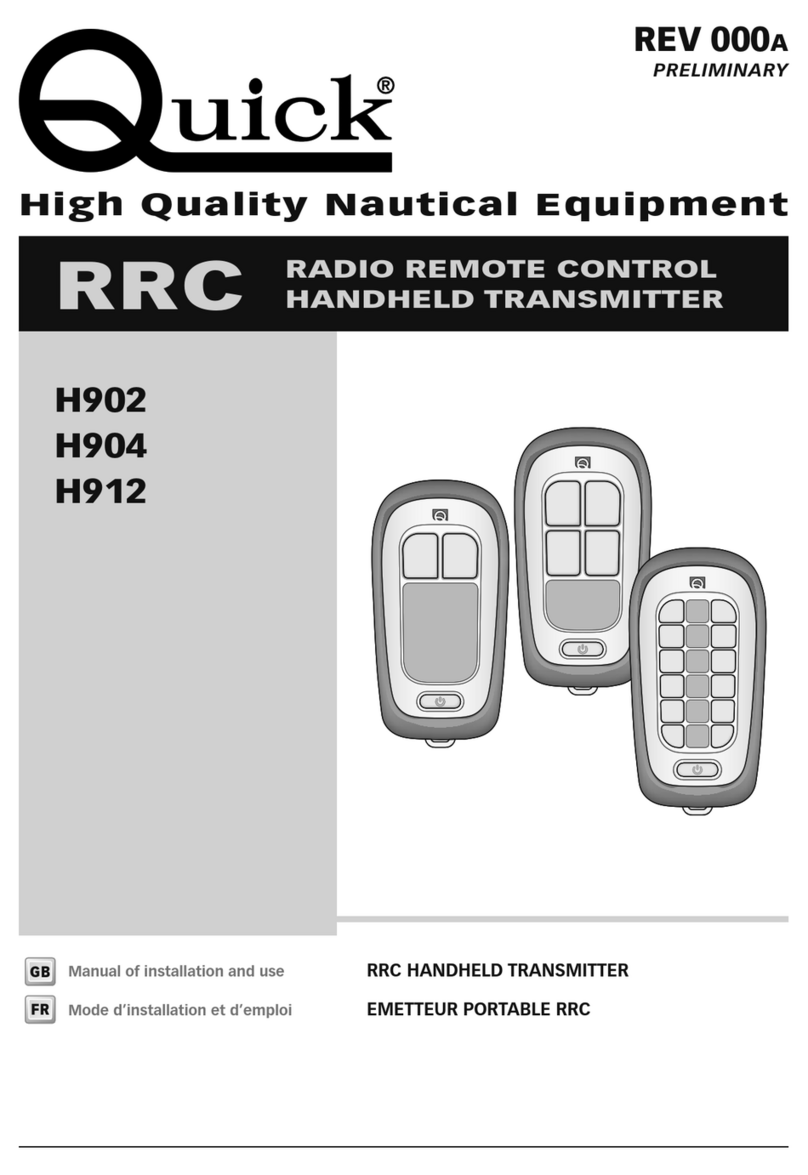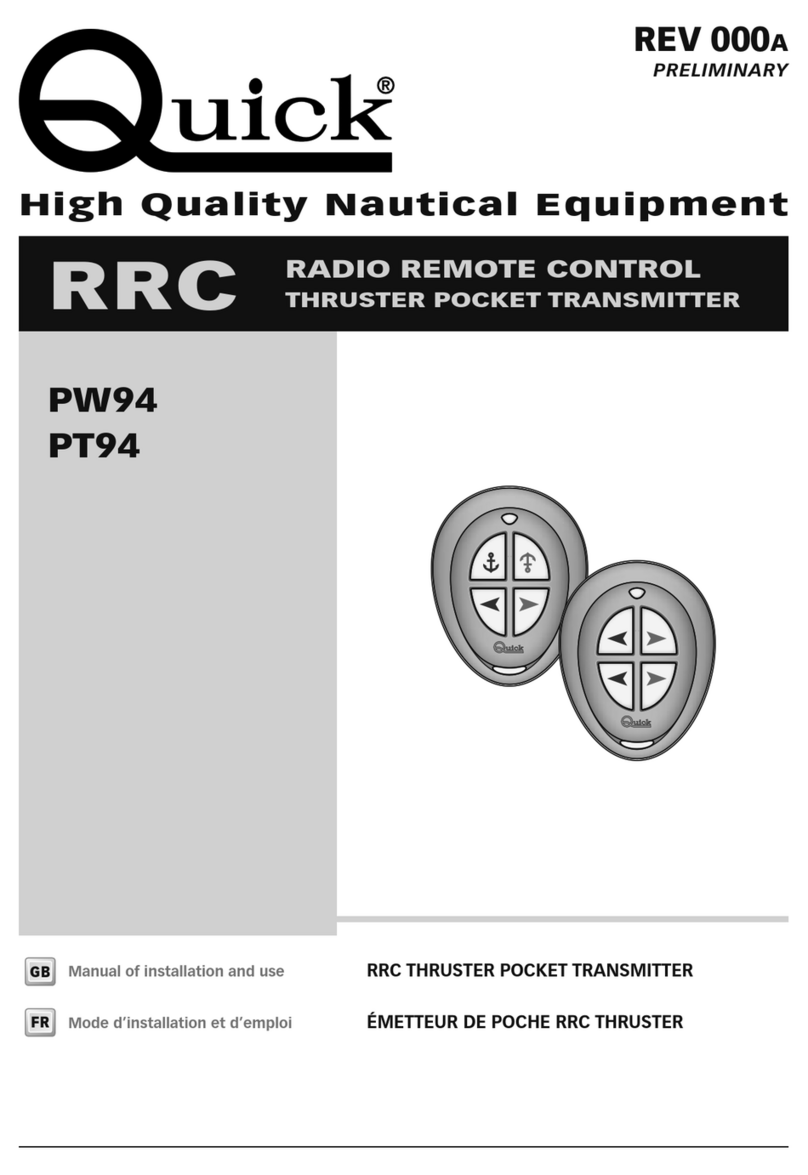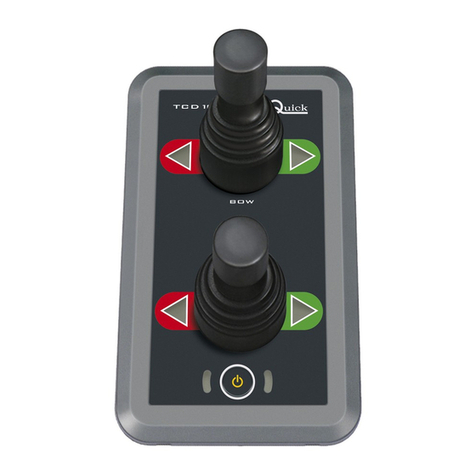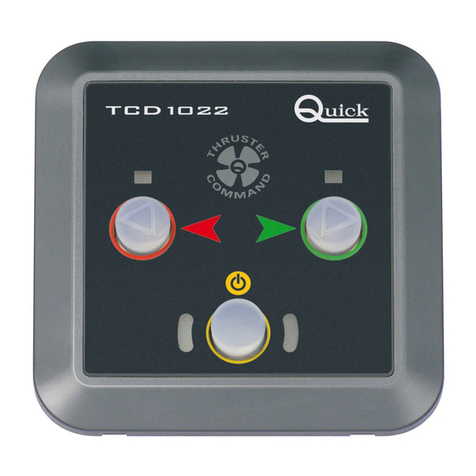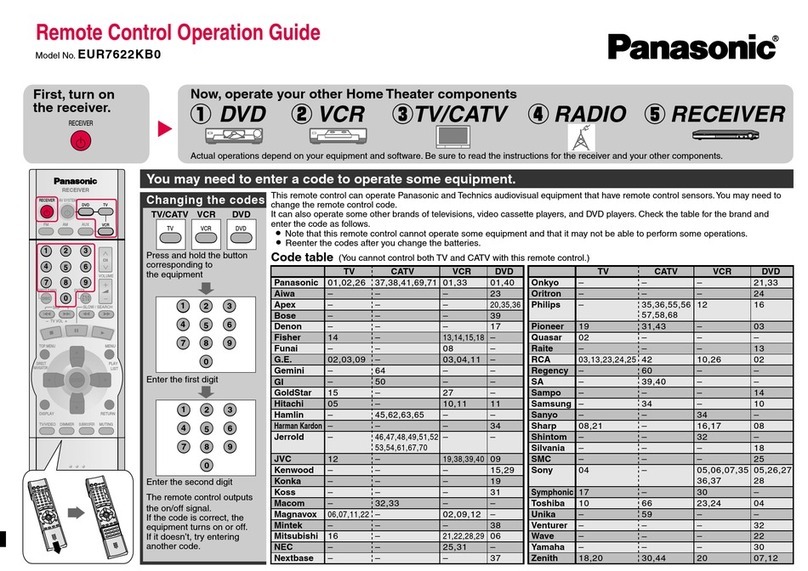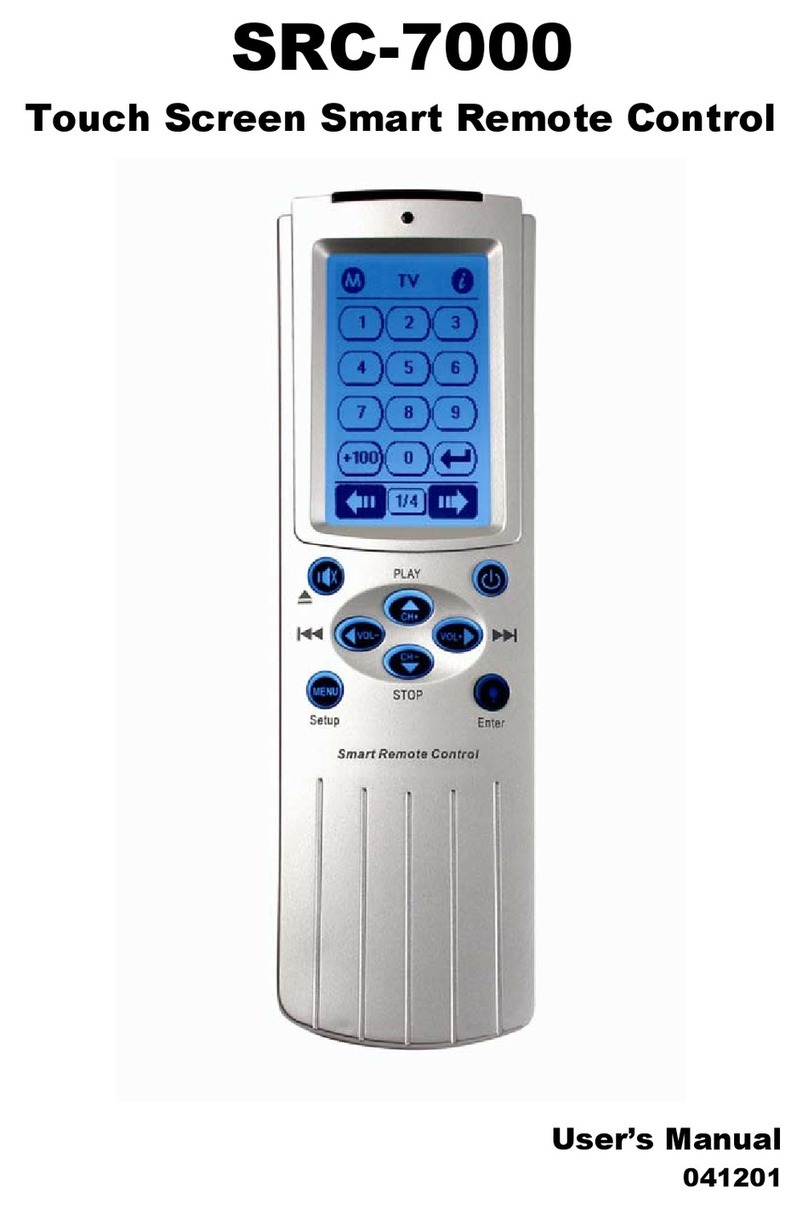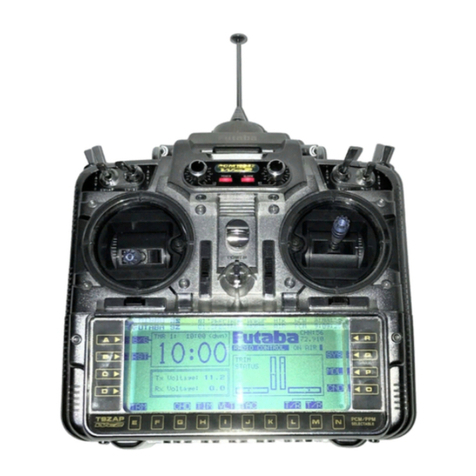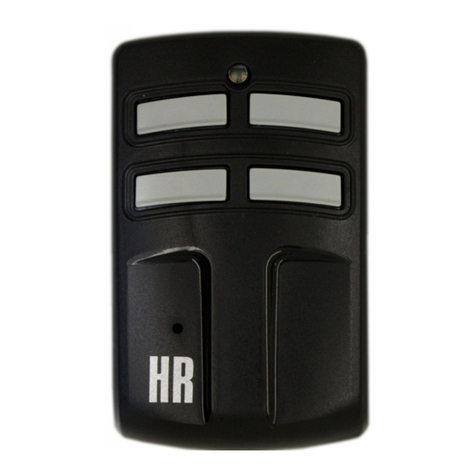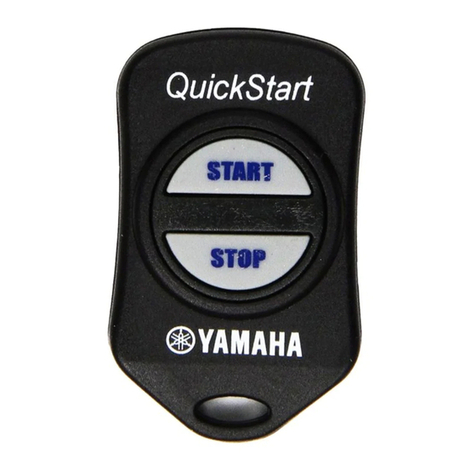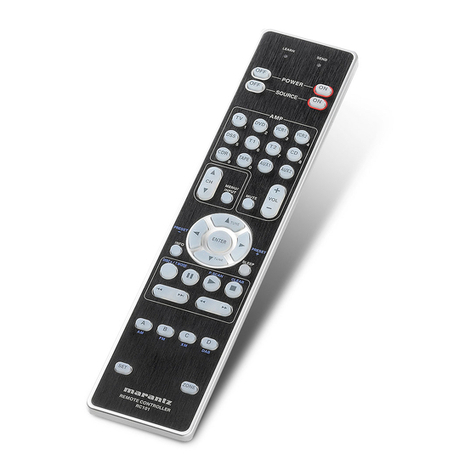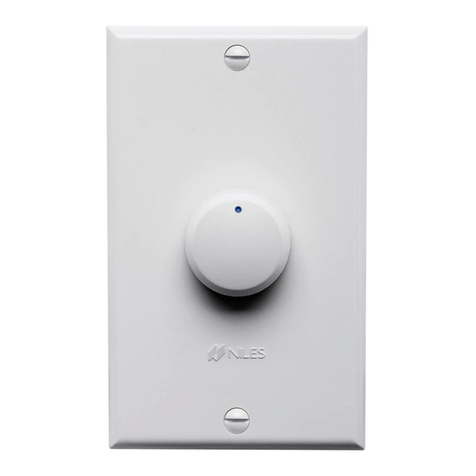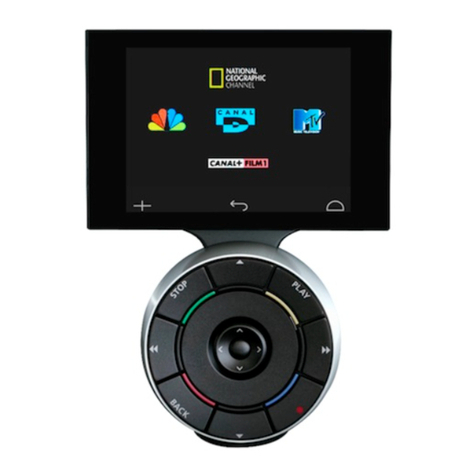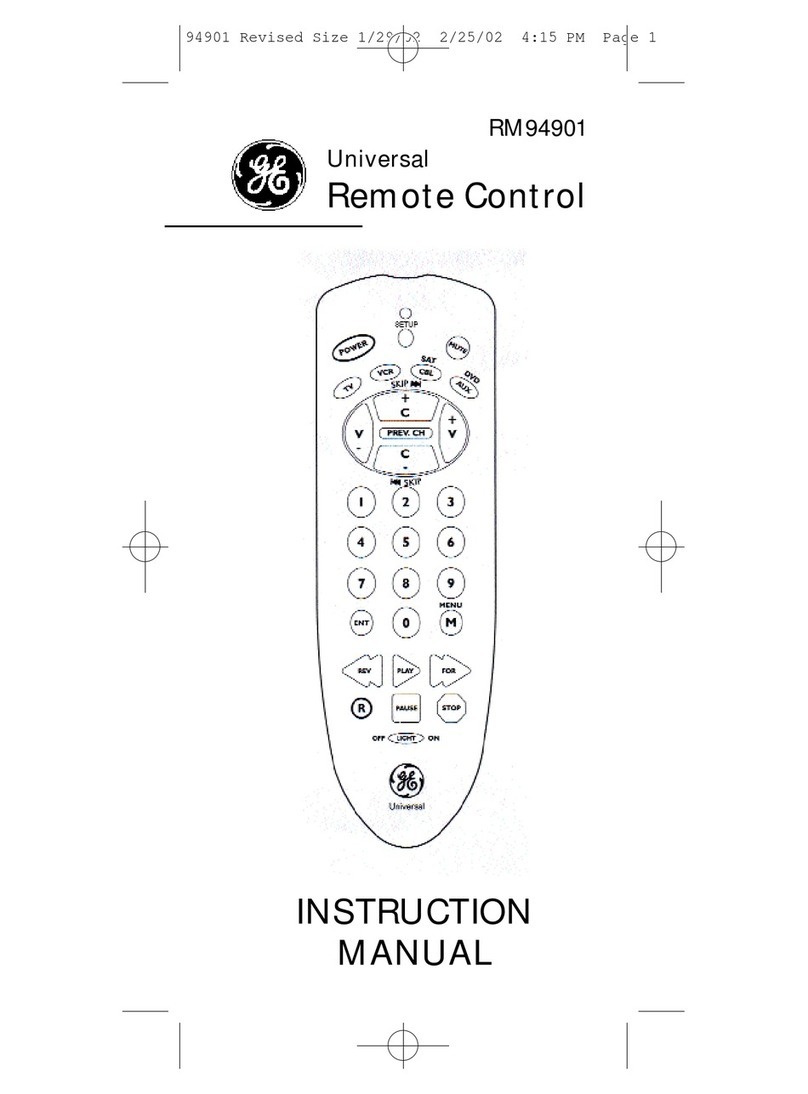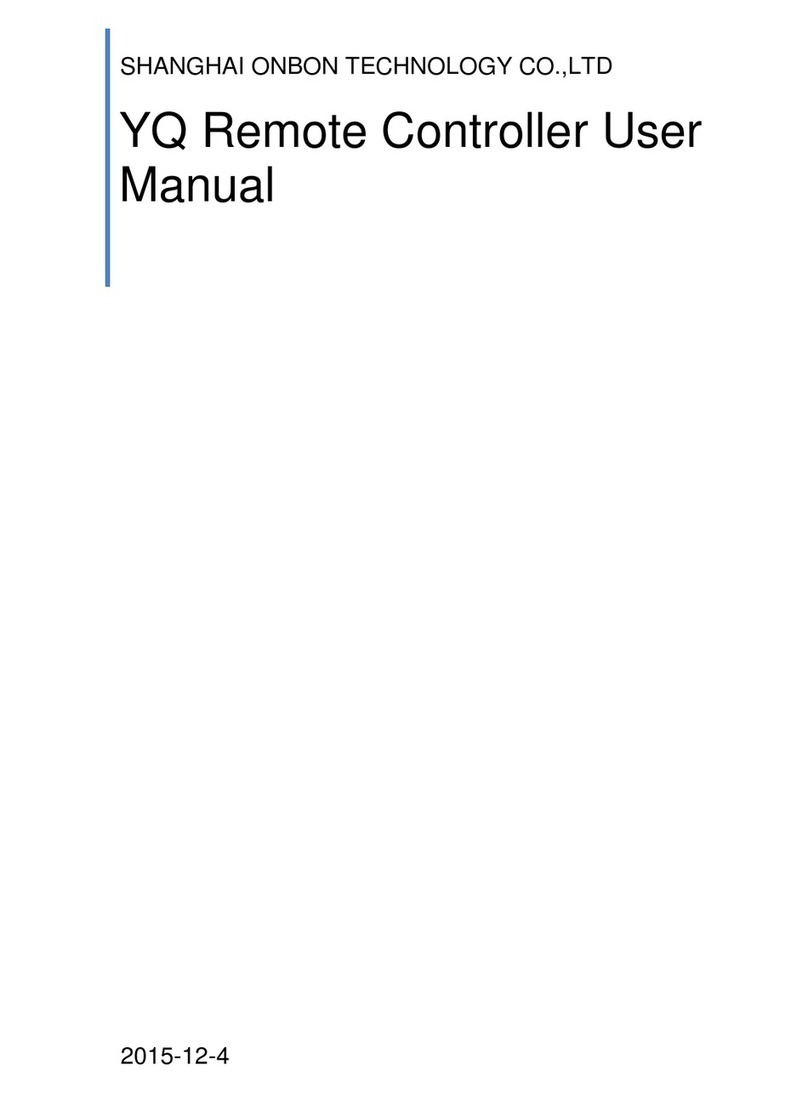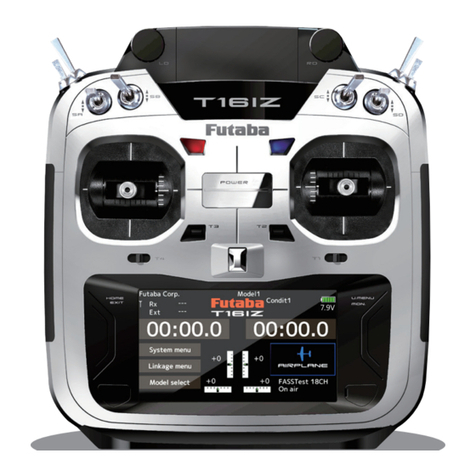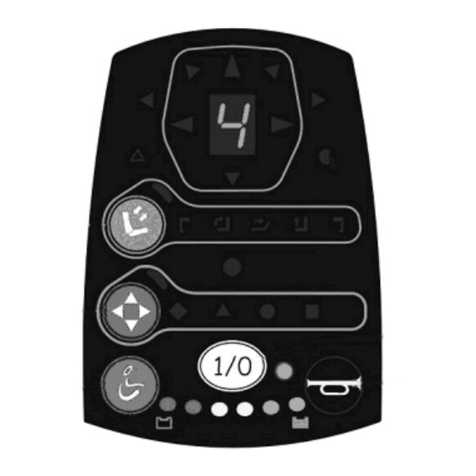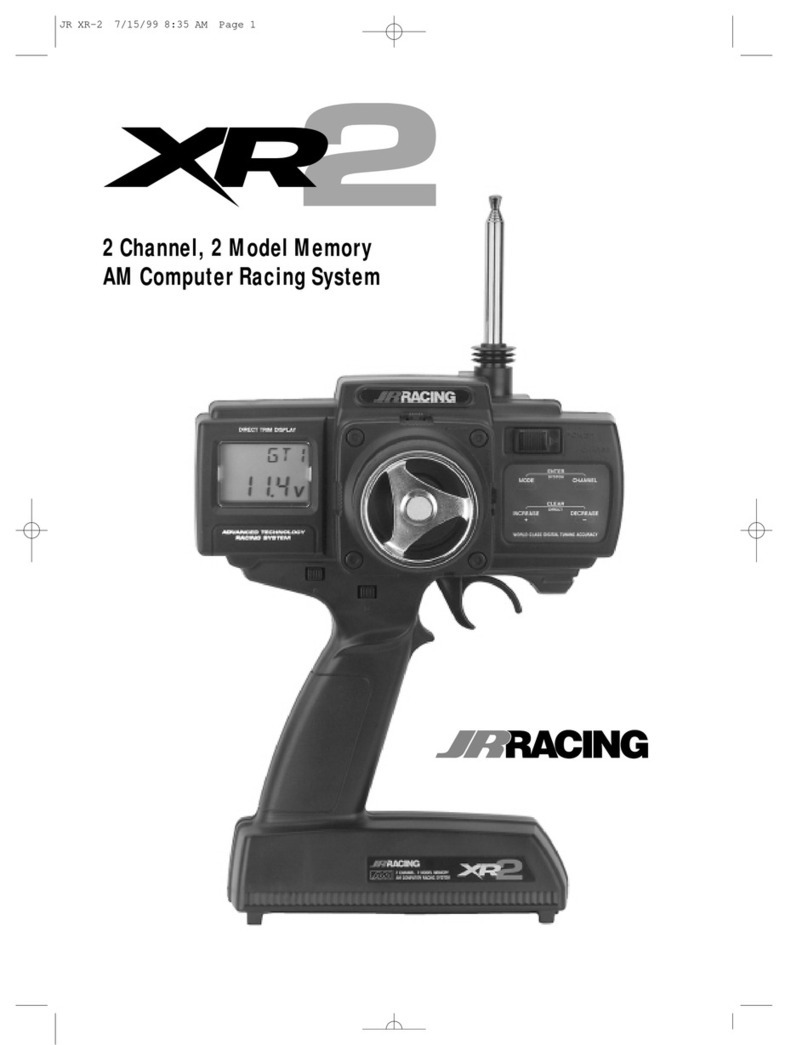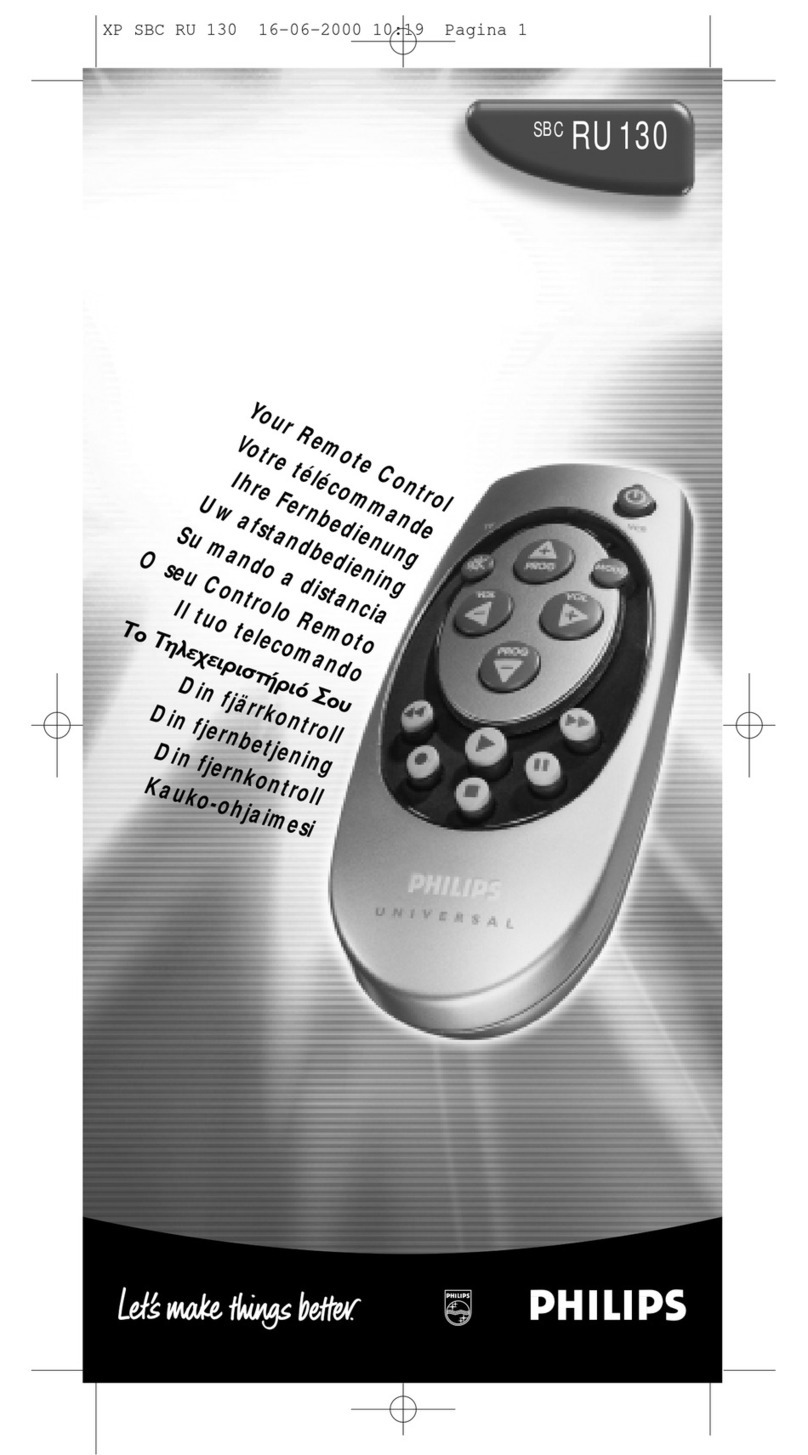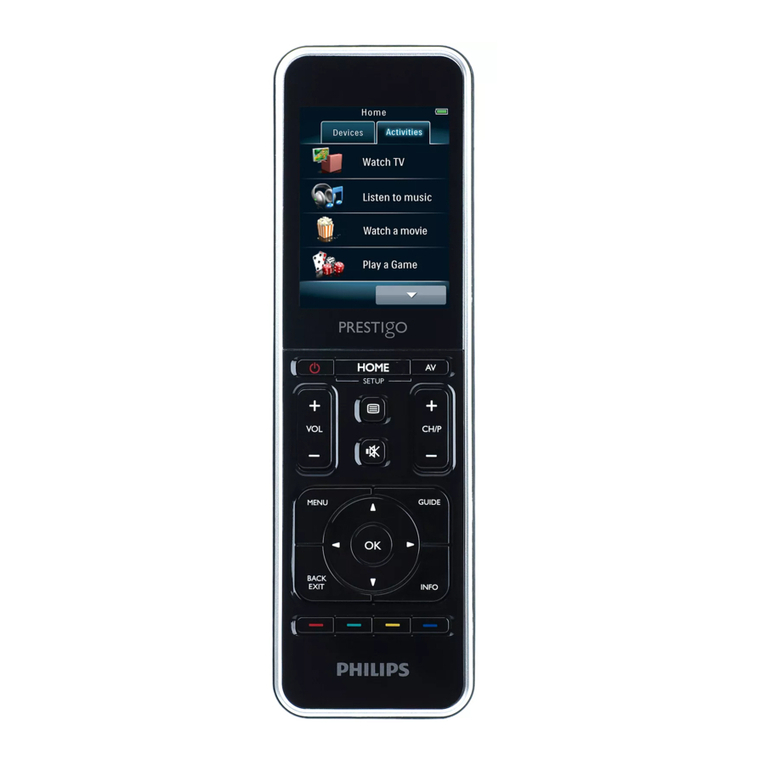
8WCD 1022 REV001A
IT FUNZIONAMENTO / ERRORI E PROBLEMI DI SISTEMA
DISABILITAZIONE DEL COMANDO
La disabilitazione, con il comando abilitato, si ha nei seguenti casi:
• Premendo il pulsante di abilitazione.
• Quando, con più comandi in parallelo, se ne abilita un altro.
Il passaggio allo stato di disabilitazione è segnalato dal comando con un suono prolungato di circa un secondo e il succes-
sivo lento lampeggio del Led di abilitazione. I pulsanti di direzione sono disabilitati.
COMANDI MULTIPLI IN PARALLELO
E’ possibile installare più comandi della serie WCD in parallelo. In questo caso, si ha il funzionamento di un solo comando
alla volta. Il comando attivo è sempre l’ultimo che viene abilitato; gli altri comandi posti in parallelo vengono automati-
camente disabilitati. Nel caso in cui si comandi il salpa ancora dall’ultimo comando abilitato, la direzione del movimento
dell’ancora sarà segnalata dall’accensione del relativo Led anche sugli altri comandi disabilitati.
Disabilitazione/abilitazione del suono del comando
E’ possibile disabilitare le segnalazioni acustiche emesse dal comando.
Di seguito la procedura da eseguire:
• Togliere l’alimentazione al comando.
• Mantenere premuto il tasto di abilitazione e alimentare il comando che emetterà un breve suono.
• Rilasciare il tasto di abilitazione attendendo che il comando esegua il test del Led e si ponga in stato disabilitato (lampeg-
gio lento del Led di abilitazione).
E’ possibile riabilitare le segnalazioni acustiche emesse dal comando.
Di seguito la procedura da seguire:
• Togliere l’alimentazione al comando.
• Mantenere premuto il tasto di abilitazione e alimentare il comando che emetterà due brevi suoni.
• Rilasciare il tasto di abilitazione attendendo che il comando esegua il test del Led e si ponga in stato disabilitato (lampeg-
gio lento del Led di abilitazione).
ERRORI DI SISTEMA
Durante la fase di accensione il comando può segnalare la presenza di errori di sistema.
Errore checksum flash
Nel caso in cui venga riscontrato l’errore, tutti i Led lampeggiano velocemente.
In questo caso è necessario contattare al più presto un punto assistenza o il servizio clienti Quick®.
PROBLEMI DI SISTEMA
Di seguito si riportano i problemi di sistema, suddivisi in due categorie:
problemi con reset automatico e problemi con reset manuale.
PROBLEMI CON RESET AUTOMATICO
Il reset di questa classe di problemi avviene automaticamente, non appena scompare la causa che ha generato il proble-
ma.
Bassa tensione di alimentazione
La segnalazione avviene solo quando il comando è abilitato.
Il problema è segnalato se la tensione di alimentazione scende al di sotto di 10.5Vdc per più di un secondo.
Il reset del problema avviene se la tensione di alimentazione supera la soglia di 11.5Vdc per più di un secondo. Verificare
lo stato di carica del gruppo batterie da cui è derivata l’alimentazione o l’impianto elettrico.
In presenza del problema il Led di abilitazione lampeggia lentamente con suono in corrispondenza del suo spegnimento.
Pressione pulsanti opposti
Nel caso di pressione contemporanea di entrambi i pulsanti di direzione, entrambi i Led di direzione lampeggiano e il
comando al salpa ancora si interrompe. Appena rilasciati i pulsanti di direzione i Led si spengono e il comando sarà pronto
per nuove operazioni.
